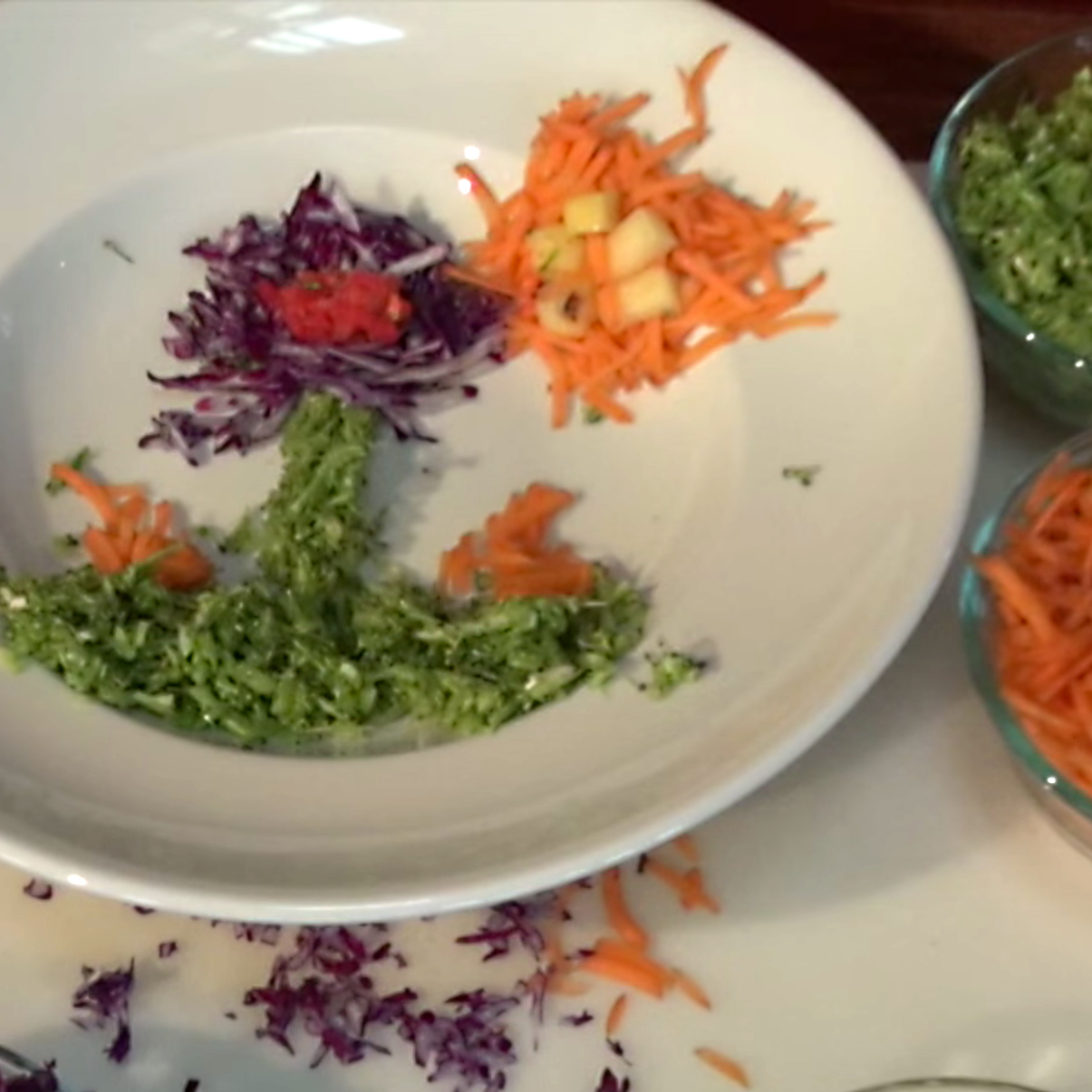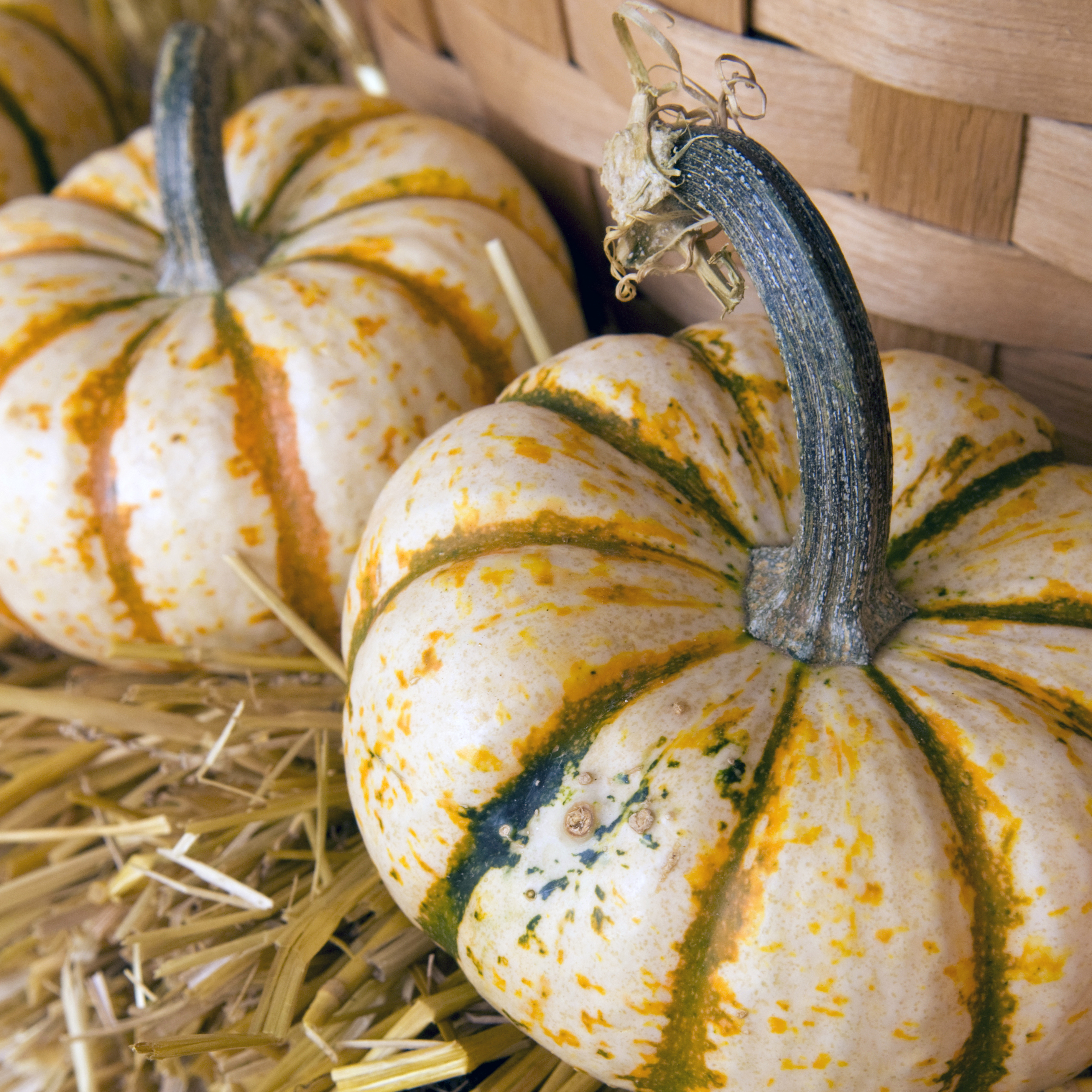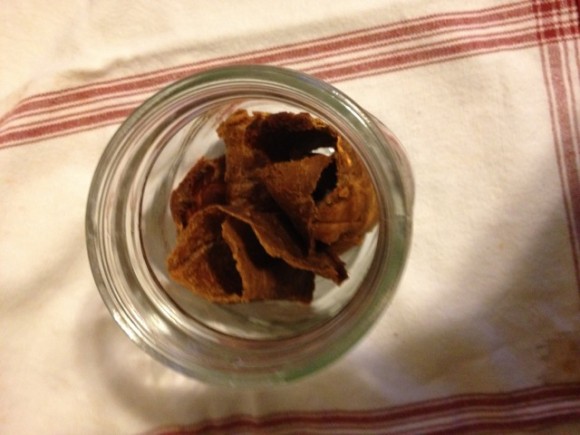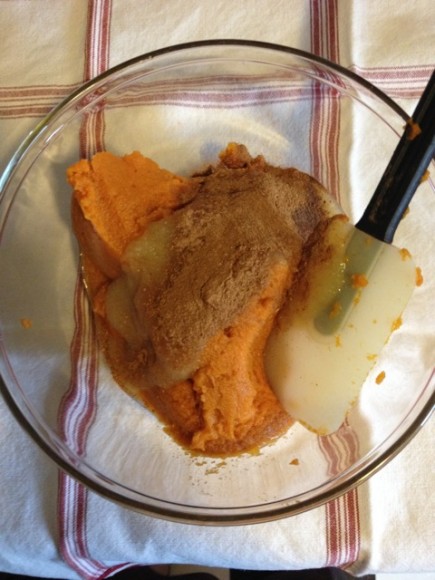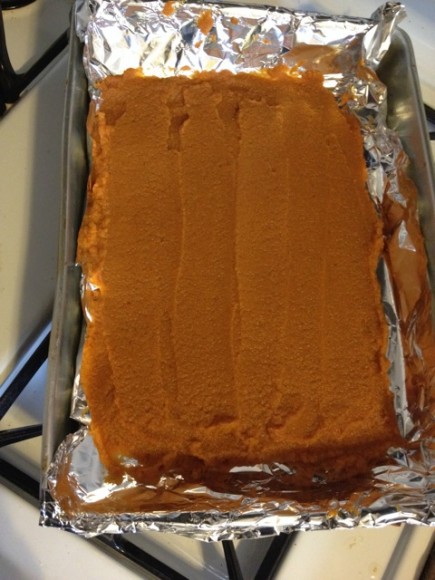Why cooking classes? I’ll tell you. I recently watched my 14-year-old “honor roll student” completely botch the job of making herself soup for lunch. I’m not talking about homemade soup; this was a can of tomato soup. Yes, a can of soup.

She was stymied when she couldn’t find the directions on the label—you know, where it says, “Mix soup + one can water.” She fumbled with the can opener. She picked out the wrong size pot. I suggested that she use a whisk to break up the lumps, and her face tensed in an expression of utter despair (oh, teen drama!) until I pointed to the container of utensils within reach next to the stove. By this time, the unincorporated tomato puree was boiling over in a watery grave because she had the heat set too high.
This is largely my fault for not involving her in the kitchen more. It has been challenging to muster the patience to teach my kids domestic skills that seem easier to do myself. I started thinking about all the things my daughter has missed by not having any good cooking lessons: understanding cooking terms, skills with tools and materials, mastery of any food preparation processes, and confidence in the kitchen, not to mention being able to make a hot meal for herself. A quick search on the web confirmed my fears. Over the last decade, lots of people have written about why we need to teach kids how to cook. Allow me to summarize the list of benefits:
Health: Studies show that when kids learn to prepare food, they are more likely to try new foods, and also to be open to making healthier food choices.
Math: We use all kinds of math in the kitchen: counting items, estimating volumes, measuring weight and volume, and keeping track of time.
Reading: Following a recipe requires reading and understanding cooking vocabulary.
Safety: Learning about safe kitchen practices could prevent a miserable experience with cuts, burns, or microbes and food poisoning.
Self-Esteem: Mastering skills such as mixing, chopping, and kneading requires practice, and so it builds self-confidence. When we learn to perfect particular dishes, we feel a sense of ownership and accomplishment.
Science: Cooking has many science applications: combining different ingredients involves working with chemical reactions; cutting up ingredients reveals the physical structures of plants, animals, and fungus.
Social Studies: Cooking is linked to culture and tradition, and so there is a connection to history and social studies.
Social Skills: Communication skills are essential when learning to cook. If there is one thing food TV shows have shown us, it’s that people love to talk about food as much as they enjoy eating it, and food gives shy kids something interesting to talk about.
Clearly, I have failed my daughter, but I suspect I’m not the only parent in this sinking gravy boat.
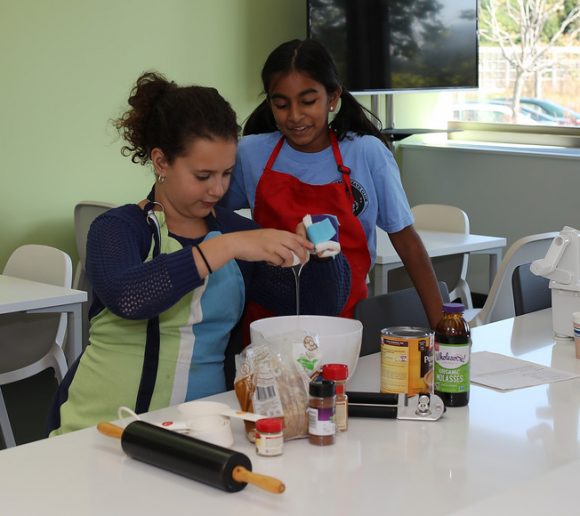
And so, to address this deficiency in our children’s lives, my colleagues and I decided to bring back the fun and educational experience of a middle school cooking classes in our new ITW Kitchen at the Learning Center on the Regenstein Learning Campus. In addition to all of the aforementioned benefits, we wanted all of our Chicago Botanic Garden cooking classes to teach kids where food comes from as we demonstrate cooking vegetables and fruits that are grown at the Garden.
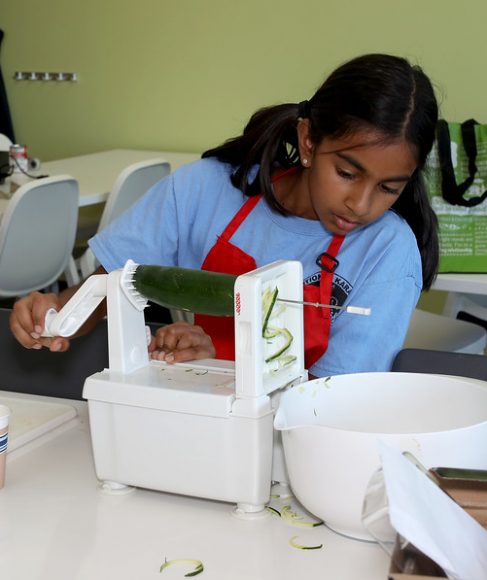
If cooking classes are so great, why were home economics classes cut from elementary schools? I believe this happened when our country’s leaders decided that students needed to devote more time and attention to pure reading and math. This was done with the best of intentions. However, cooking gives kids a practical reason to learn those academic disciplines. It makes all subjects more meaningful and worth learning, so maybe it’s time to say, “No Child Left Out of the Kitchen.”
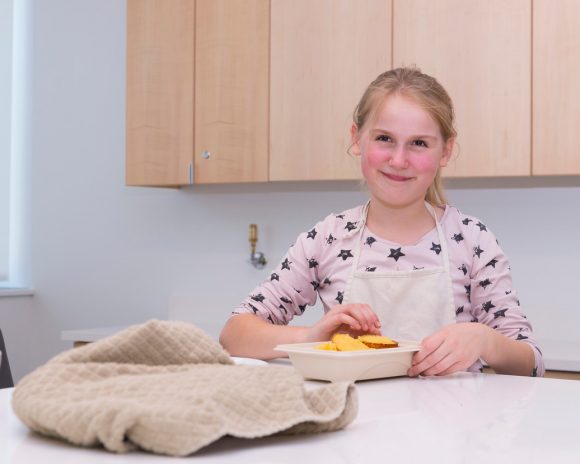
Have I convinced you? Then consider enrolling your youngster, or even yourself, in a cooking program. The Garden is the perfect place. And remember, if you leave the teaching to us, then you won’t have to clean up afterward.
Here are some upcoming cooking classes held in the new ITW Kitchen.
Healthy Cooking for Kids: Baking is a four-session class for Grades 5–8; the first in this series of cooking classes.
Sundays, January 22 – February 12, 2017
1 – 4 p.m.
ITW Kitchen, Learning Center
An experienced kids’ culinary instructor will offer young teens some basic food-preparation techniques, as they follow recipes using healthy ingredients from a garden. By the end of this multi-week course, students will be able to bake savory scones, whole grain muffins, and other treats.
Weekend Family Classes are 90-minute programs with monthly mouthwatering themes, ideal for families with children ages 4-10 to make a dish together.
Sensational Squash
Sunday, November 13, 2016
9:30 – 11 a.m.
1 – 2:30 p.m.
Joyful Gingerbread
Saturday, December 3, 2016
Sunday, December 4, 2016
Saturday, December 17, 2016
9:30 – 11 a.m. or 1 – 2:30 p.m.
Loco for Cocoa!
Saturday, January 21, 2017
Sunday, January 29, 2017
9:30 – 11 a.m. or 1 – 2:30 p.m.
Sweet Treats: Cold Eats
Sunday, February 12, 2017
Saturday, February 25, 2017
9:30 – 11 a.m. or 1 – 2:30 p.m.
Churn It and Flip ‘Em (Make your Own Butter and Pancakes)
Saturday, March 4, 2017
Sunday, March 12, 2017
9:30 – 11 a.m. or 1 – 2:30 p.m.
Pizza Party
Saturday, March 25, 2017
Sunday, April 2, 2017
9:30 – 11 a.m. or 1 – 2:30 p.m.
Adult Cooking Classes are hands-on 90-minute workshops taught by food experts, who will introduce new ingredients, flavors, and techniques into your culinary repertoire.
Don’t forget summer camp!
ITW Kitchen Camps are week-long, food-featured summer camps for Grades 1-7.
Summer camp registration opens December 5, 2016.
- Cooking A-Z, Grades 1-3
- Botany in the Kitchen, Grades 3-4
- Cuisine, Grades 5-7
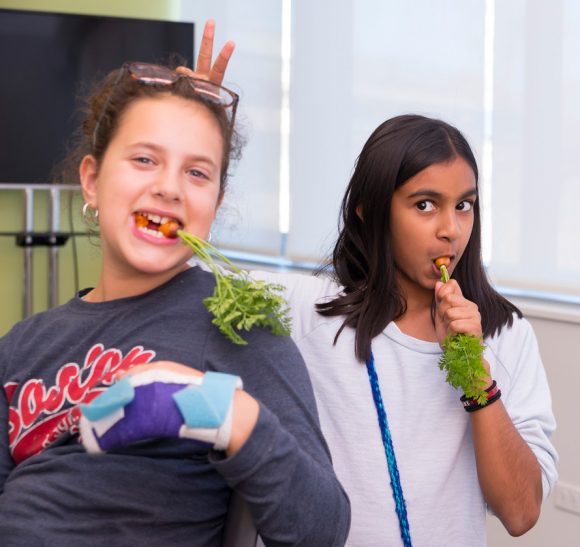
Check our website at chicagobotanic.org for the latest details about new classes, dates, times, registration, fees, and future cooking programs.
One final note: Since writing this blog, my own daughter can now make mac & cheese and a pretty good omelet.
©2016 Chicago Botanic Garden and my.chicagobotanic.org


